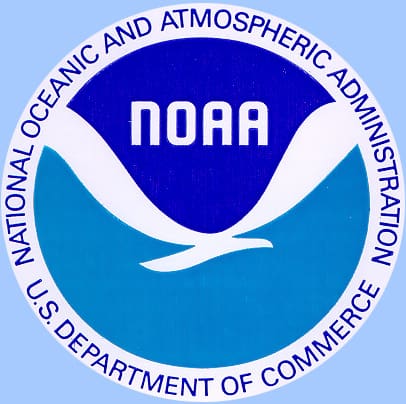Since the late 1990s, the National Oceanic and Atmospheric Administration's (NOAA) GOES-11 geostationary satellite has monitored weather patterns affecting the West Coast of the U.S. Approaching the end of its normal lifespan, the time has come to replace the model with the improved GOES-15.
More than 23,000 miles above the Pacific equator, the GOES-15 will offer improved imaging ability, and thus more effective data on any storm activity between Hawaii and the contiguous Pacific U.S. Beyond the information it may provide about nautical changes, forest fires and other natural disasters, the data the GOES-15 relays will also aid any search and rescue missions in that region.
In tandem with the GOES-15's Pacific observation, the GOES-13 acts as the Eastern spacecraft for the NOAA. With an eye on regular advancement, NOAA plans to launch another generation of satellites in 2015: the GOES-R series – capable of recording information at more at more than double the quality of their current models.
For more information about the NOAA satellites, please see their official press release on the GOES series.

